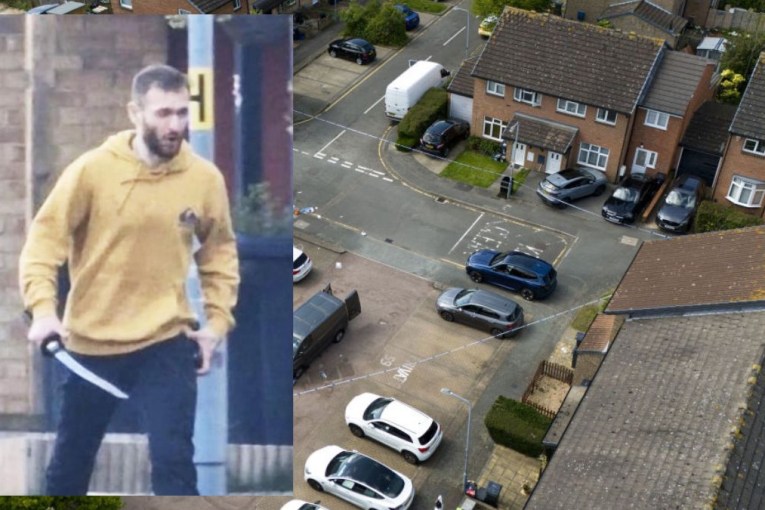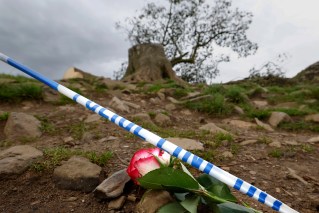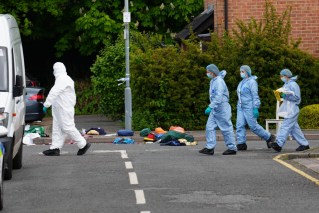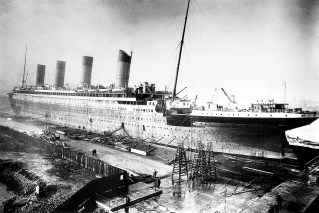Monster search for Loch Ness creature needs your help

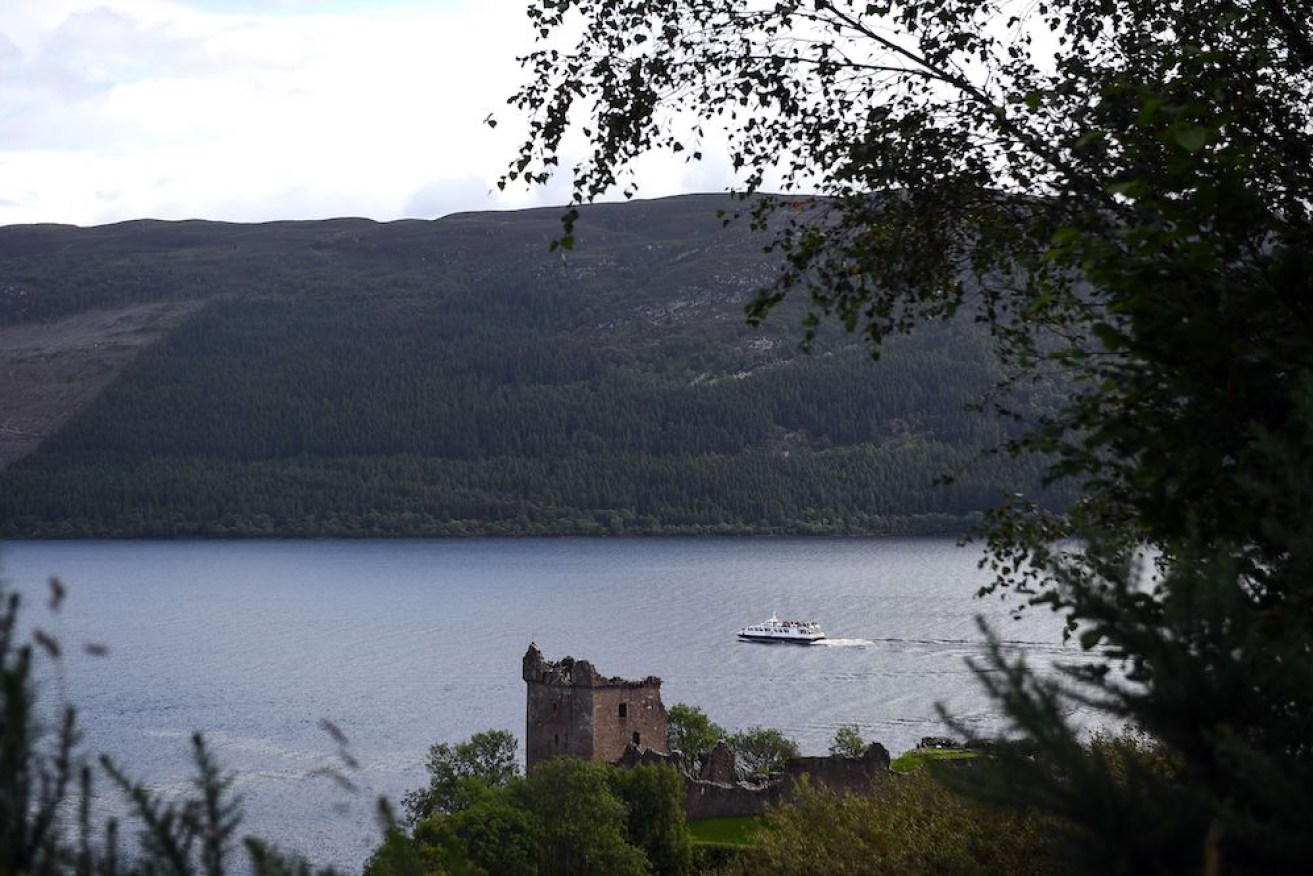
The largest search for the Loch Ness Monster in more than 50 years is happening this weekend. Photo: Getty
The biggest search in more than 50 years for the famed Loch Ness monster is about to take place, and people all over the world will be able to join in on the action.
A famous sighting 90 years ago led to a media frenzy surrounding Loch Ness in Scotland, with many believing a monster, known affectionately as ‘Nessie’, still lurks in the loch.
Now, the Loch Ness Centre and Loch Ness Exploration (LNE)are hoping to attract a new generation of “monster hunters” to take part in the biggest search for Nessie in over 50 years.
Starting August 26, volunteers from LNE, an independent research team, will search Loch Ness in hopes of uncovering the truth about Nessie.
Advanced equipment
“Over the weekend, surveying equipment that has never been used on Loch Ness before will be enlisted to uncover the secrets of the mysterious waters,” headline sponsors of the event, the Loch Ness Centre, said.
“This includes thermal drones to produce thermal images of the water from the air using infrared cameras, as observing heat from above could provide a crucial component for identifying any mysterious anomalies.
“Finally, a hydrophone will be used to detect acoustic signals under the water, listening for any Nessie-like calls, as well as further technology in the hunt for the truth.”
The search will continue on Sunday and it will be the largest search for the Loch Ness monster since the Loch Ness Investigation Bureau studied the area in 1972.
“Since starting LNE, it’s always been our goal to record, study and analyse all manner of natural behaviour and phenomena that may be more challenging to explain,” LNE’s Alan McKenna said.
“It’s our hope to inspire a new generation of Loch Ness enthusiasts and by joining this large-scale surface watch, you’ll have a real opportunity to personally contribute towards this fascinating mystery that has captivated so many people from around the world.”

The Loch Ness Investigation Bureau investigated the area in the 1960s and 1970s.
How you can help
Even people thousands of miles away from Loch Ness can help with the search this weekend.
LNE and the Loch Ness Centre is looking for people to volunteer their time over the weekend to monitor the water for any “breaks in the water and any inexplicable movements”.
People will be able to do this remotely, by logging into a livestream to observe the water. Online registrations for in-person watching has already closed due to a surge in demand.
However, if you want to join the search online, you can register to do so here.
Loch Ness Monster sightings
Sightings of the monster inhabiting Loch Ness date back to 565AD. According to Britannica, a monster bit a swimmer and Irish monk Saint Columba intervened.
Perhaps the best-known sighting happened in 1933, when Aldie Mackay and her husband saw something strange as they drove alongside Loch Ness.
Their encounter was detailed in The Inverness Courier and went on to gain national and international recognition, though the couple was not named in the original article.
Ms Mackay’s husband then revealed to Loch Ness water bailiff and part-time journalist Alex Campbell what they saw in the water.
Mr Campbell went on to detail how the couple saw the creature emerge from the water about a mile from the shore.
“There, the creature disported itself, rolling and plunging for fully a minute, its body resembling that of a whale, and the water cascading and churning like a simmering cauldron,” the report said, according to an article published in The Inverness Courier.
“Soon, however, it disappeared in a boiling mass of foam. Both onlookers confessed that there was something uncanny about the whole thing, for they realised that here was no ordinary denizen of the depths, because, apart from its enormous size, the beast, in taking the final plunge, sent out waves that were big enough to have been caused by a passing steamer.”
Tweet from @LochNessCentre
In 1934, a picture supposedly of the Loch Ness Monster was taken near Inverness.
Multiple identities
It was one of two pictures known as the “surgeon’s photographs”, supposedly taken by Robert Kenneth Wilson. However, it was later revealed to be an elaborate hoax, thanks to a deathbed confession.

The ‘surgeon’s photographs’, allegedly depicting the Loch Ness Monster, were taken in 1934, though it was later exposed as a hoax by one of the participants, Chris Spurling.
There have been many people who have claimed to see Nessie over the years, with many sightings being debunked.
There have been theories put forward to explain the sightings.
In an article for The Conversation, Charles Paxton, a statistical ecologist at the University of St Andrew, said Nessie has “multiple identities”.
“It may not be a walrus, moose, camel or visiting extra-terrestrials, as some have suggested, but could be a myriad of anthropogenic (boats, wakes, debris) and natural (animals, vegetation mats) and physical phenomena (wind effects, reflections),” he wrote.
“The Loch Ness Monster can vary in colour from pink to black, it can be matt or glossy, furry or scaly. It can have humps and manes, it can have horns and travel at great speed or not move at all. No one identity captures the variety of Nessie’s reported features.”
